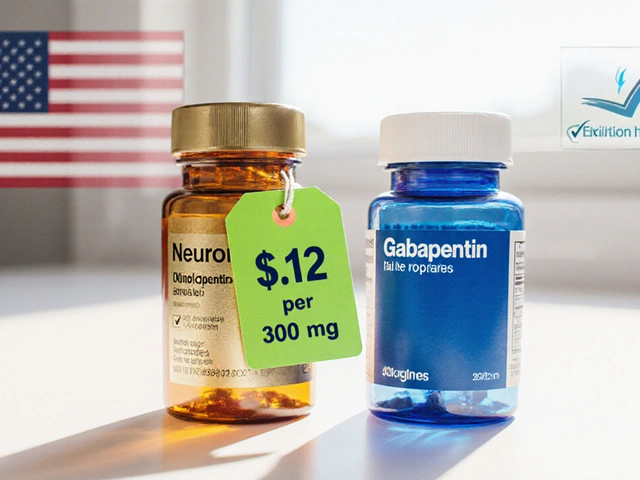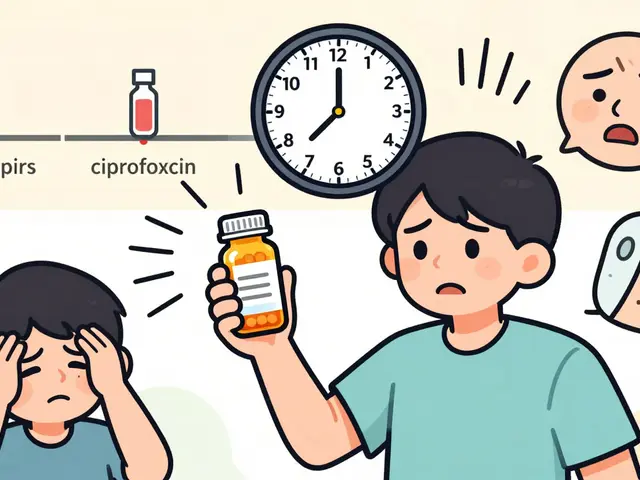Alternatives to Dexamethasone: What Works When You Need a Switch
If you’ve been prescribed dexamethasone but worry about side effects, you’re not alone. Many patients ask for options that are gentler or fit their lifestyle better. The good news is there’s a whole toolbox of drugs and non‑drug tactics that can step in when dexamethasone isn’t ideal.
Prescription Alternatives That Pack Similar Power
First, look at other corticosteroids. Prednisone and methylprednisolone are often used for the same inflammatory conditions but have a slightly different half‑life, which can make dosing easier for some folks. If you need something milder, hydrocortisone or its topical forms work well for skin irritations and mild systemic inflammation.
When inhalation is an option—like in asthma or COPD—budesonide or fluticasone can deliver the anti‑inflammatory effect right to the lungs without flooding the whole body. That reduces the risk of classic steroid side effects such as weight gain or mood swings.
For certain autoimmune diseases, doctors now lean on biologics instead of steroids. Drugs like tocilizumab, adalimumab, or rituximab target the immune system more precisely and can spare you from long‑term steroid exposure.
If pain is the main issue, non‑steroidal anti‑inflammatory drugs (NSAIDs) such as ibuprofen, naproxen, or celecoxib often provide enough relief without the hormone overload. Just remember NSAIDs have their own gut and heart cautions, so talk to your doctor about the right dose.
Non‑Drug & Lifestyle Options to Cut Steroid Dependence
A lot of people don’t realize how much diet can influence inflammation. Adding omega‑3 rich foods—salmon, walnuts, flaxseed—can calm joint swelling and may let you taper steroids faster. The article “Smart Dietary Strategies to Reduce Steroid Dependence Naturally” dives deep into meal plans that support this goal.
Vitamin D and magnesium are also worth checking. Low levels often amplify inflammation, so a simple blood test can tell you if supplementation could help. When your labs look good, many patients notice they need lower steroid doses to stay comfortable.
Exercise isn’t just about weight control; it actively reduces cytokine production. Even a 20‑minute walk three times a week has been shown to lower CRP (a key inflammation marker). Pair that with gentle strength training, and you give your body another tool to fight flare‑ups without reaching for the steroid bottle.
Stress management matters too. Chronic cortisol spikes from anxiety can counteract what dexamethasone does, creating a vicious loop. Practices like deep breathing, meditation, or short yoga sessions calm the nervous system and often make doctors comfortable lowering your dose.
Finally, keep an eye on alternative therapies that have some research backing—like curcumin (the active part of turmeric) or boswellia extracts. While they’re not a complete replacement for prescription meds, many users report reduced reliance on steroids when these supplements are added under medical supervision.
The bottom line? You have more than one route to control inflammation. Talk with your healthcare provider about swapping dexamethasone for another steroid, a biologic, or an NSAID that matches your condition. Then layer in diet, exercise, and stress‑busting habits to keep the dosage low. By mixing smart prescription choices with lifestyle tweaks, you can stay ahead of flare‑ups while steering clear of the side effects that often come with long‑term dexamethasone use.




